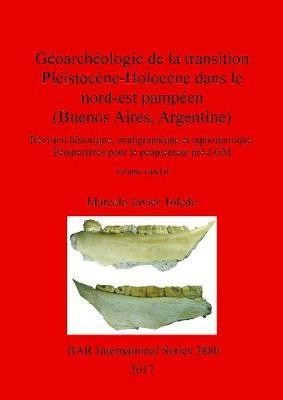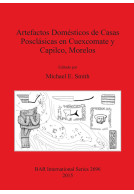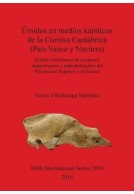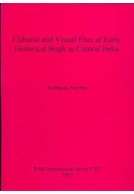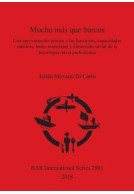Géoarchéologie de la transition Pléistocène-Holocène dans le nord-est pampéen (Buenos Aires, Argentine) (Paperback)
Imprint: British Archaeological Reports
Pages: 617
Illustrations: b/w and col illus
ISBN: 9781407315584
Published: 31st January 2018
Script Academic & Professional
Pages: 617
Illustrations: b/w and col illus
ISBN: 9781407315584
Published: 31st January 2018
Script Academic & Professional
You'll be £30.00 closer to your next £10.00 credit when you purchase Géoarchéologie de la transition Pléistocène-Holocène dans le nord-est pampéen (Buenos Aires, Argentine). What's this?
+£4.99 UK Delivery or free UK delivery if order is over £40
(click here for international delivery rates)
Need a currency converter? Check XE.com for live rates
(click here for international delivery rates)
Need a currency converter? Check XE.com for live rates
Between 1873 and 1884, Florentino Ameghino set about documenting and proving the coexistence of man and Pampean megafauna in the Valley of Luján. He described several secondary sites in fluvial settings, which have not been re-evaluated since. The main objective of this work is the geoarchaeological reassessment of his findings. Facies and sequence stratigraphy analysis of Lujanian fluvio-lacustrine deposits, dated by AMS, OSL and ESR to between 70,000 BP and 13,000 BP, allow an assignment to the Upper Pleistocene age of most of the levels described in the 19th century as containing cultural evidence. These deposits are sealed by a black, rich organic matter layer (Black mat), indicating an abrupt climatic change that probably triggered extinction between 13,000 BP and 12,000 BP. Bone taphonomic evidence, such as cut and percussion marks, was analyzed in paleontological museum collections, new excavations and through carcass processing experiments. The results have allowed the author to define anthropic Pleistocene bone modification modes and to propose a pre-LGM peopling of the Pampas between 45,000 BP and 30,000 BP.
Other titles in British Archaeological Reports...







